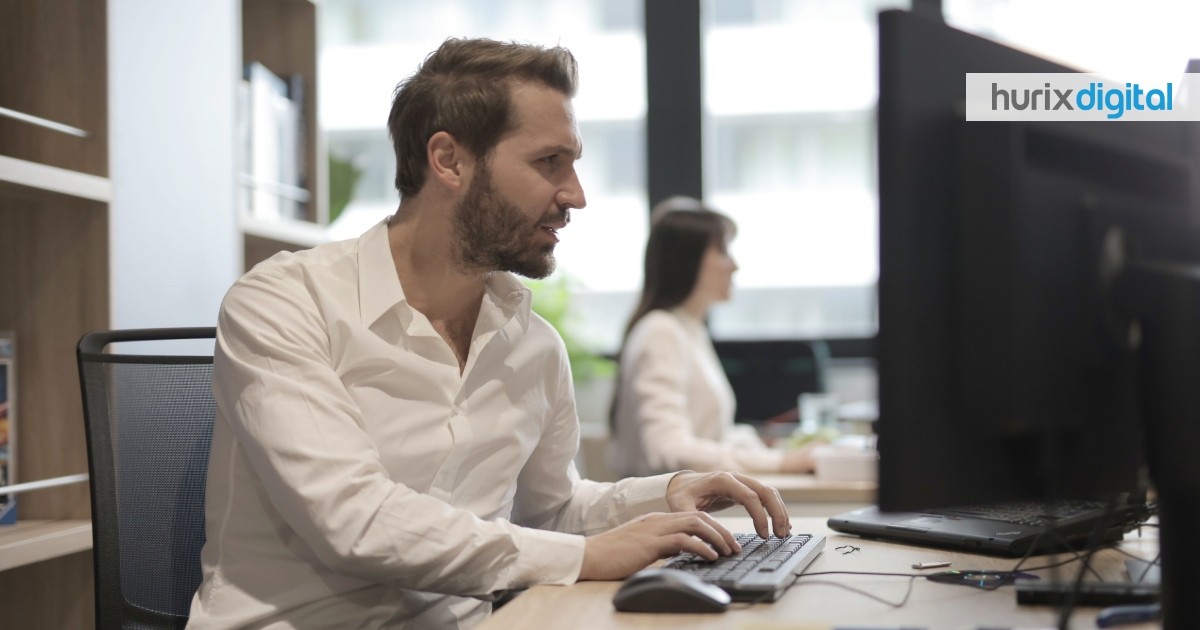
Transform Your Training Program with Learning Paths
Traditional learning and development programs aren’t obsolete, but they are incomplete to a large extent. Corporate training has evolved from classrooms to eLearning, and learning paths have become your liberator in times of digital revolution in learning.
There is a new paradigm in corporate training emphasizing the employee’s desire to learn in the flow of work. Traditional L&D methods have resulted in dismal employee engagement with 85% of the workforce lacking engagement according to a study by Gallup. This can be a result of tedious, monotonous content and lack of a clear learning path.
Also Read: Online Learning Vs Traditional Learning
What is a learning path?
Learning path is the route taken by learners from a wide range of eLearning activities that allows them to gain knowledge at their own pace. Thus, learning path is an online, sequenced, structured learning route that emphasizes learning-specific objectives.
Moreover, learning path structures your content into digestible bites and also acts as a blueprint, guiding learners about the ways to proceed further.
Also Read: How to Upskill Your Employees with Business Application Training
Types of Learning Paths
- Sequenced Learning Paths: The learner is enrolled on a path that includes a predefined order of courses. As the learner completes one course, access is granted to the next one.
- Learning Paths with Learner’s Choice: Here, learners have the power to choose which course they want to complete first amongst all the assigned courses. The only constraint can be the timeframe allotted for completion of each course.
Through this blogpost, let’s get insights into the importance of learning paths and how to leverage them to improve your training programs.
Also Read: eLearning Localization – The Next Big Trend in Employee Training
1. Create Structured Learning Programs
Learning paths add structure to your training programs. You can control the order in which courses are assigned and also the timeframe during which they will be available. This allows learners to gain knowledge sequentially, increasing retention and eventually, the execution.
2. Save Time
Setting up learning paths well in advance makes your learners self-sufficient as once they finish one course, they are automatically assigned the next one. This helps you save the time of manually assigning the next courses.
3. Deliver Holistic Learning Experience
The lack of clarity about the training process often leads to ineffective learning. Learning paths are vital in creating a holistic experience through training. Employees will be aware of what is in store for them and what is expected from them. This helps them in preparation and learning.
4. Increase ROI
Through structured learning paths your employees absorb knowledge and ways to put it to practice at work. You can educate them about the latest efficient practices for your business growth without overloading them with information. This will benefit you not only in terms of ROI but also in employee productivity.
5. Increase Engagement & Retention
Learning paths promote bite-sized learning. This helps employees to learn and apply the knowledge immediately. The learning-by-doing method increases information retention and thus, ensures long term benefits of training. You can make your training more engaging through adding gamification, optical content, and narration into your learning paths.
6. Foster a Self-Paced Learning Culture
Employees usually feel in control of their learning process courtesy of learning paths. It provides a blueprint of the entire course and this lets the employees know what is expected and learn at their own pace. Self-paced learning proves to be most beneficial because of the high retention rate.
Also Read: Best Ways to Deliver Online Learning Courses to Employees
Also Watch the Video Below on: Transform your Training Program With Learning Paths
https://www.youtube.com/embed/swULPhr7_kk?si=PaBADqe1IVA3ZQlQ
How to leverage learning paths to improve training programs
After understanding the importance of learning paths, here are a few ways to cultivate and use learning paths in designing your training programs.
1. Create Learning Goals & Targets
Give your learners some goals and targets to aim for. Goals can be short, medium, or long-term. This flexibility will motivate your learners to grow further. Along with setting goals for them, you can also let them create learning goals for themselves which will be based on their personal skills and performance gaps. Long-term goals can be divided into smaller chunks to keep employees motivated.
2. Empower Your Learners
Learning paths will give your learners the freedom of choice. You can empower your learners to choose which eLearning activity they want to complete next or how they will receive the course content. Learning paths will let your learners have a direct say in the training process as they can control the pace and pattern they learn with.
3. Utilize Online Self-Assessment
With the help of learning paths you can offer your employees a self-assessment program that they can take when they wish to quantify their knowledge and the progress made so far. This will help them understand their strengths and the skills they need to polish. Learning paths should be flexible enough to let them revisit certain courses they wish to revise. This will increase their productivity.
4. Design Programs for Different Learning Styles
All your employees have their own learning styles and personal preferences. The learning pace of two learners can never be the same. Customizing learning paths lets you design training programs that will cater to different learning styles with equal efficiency, ensuring all your employees gain equally from the training program.
Also Read: 6 Pro Tips to Create Great Custom eLearning Paths
5. Personalize Appreciation & Feedback
You can frame personalized appreciation and feedback for your employees using learning paths. Online assessments can be followed by some guidelines about what they need to improve. You can go a step further and suggest supplemental courses that will help them fill their performance gaps.
6. Analyze Learner Behavior
Personalized learning paths can help you discover more about your employee’s learning behavior. You can closely examine the learning path of your employees, find out what activities they find more engaging, how they are progressing, and how they prefer to consume more information. These insights will help you further customize your learning paths to make your training programs more efficient and impactful.
Also Read: How Can Enterprises Implement Simulation Training for Employees
In Conclusion
If you want to train your employees to harness their full potential, learning paths will accelerate the process by strengthening their existing skills and preparing them for future needs. Learning paths allow training to be customized according to your employee’s strength and temperament. They have the potential to change the way corporate training was perceived. Thus, as a business organization, the first essential step to take towards improving employee productivity is designing effective training programs using learning paths.
Suggested Reads:
- 7 Tips to Create Custom E-Learning Content on a Budget
- Custom LMS- An Effective Way to Transform Employee Training
- 10 Reasons to Invest in Corporate Training Solutions
- How to Implement Microlearning in Corporate Training
- How to Leverage your LMS to Create a Blended Learning Environment
- Advantages of Mobile Learning Solutions for L&D Teams






